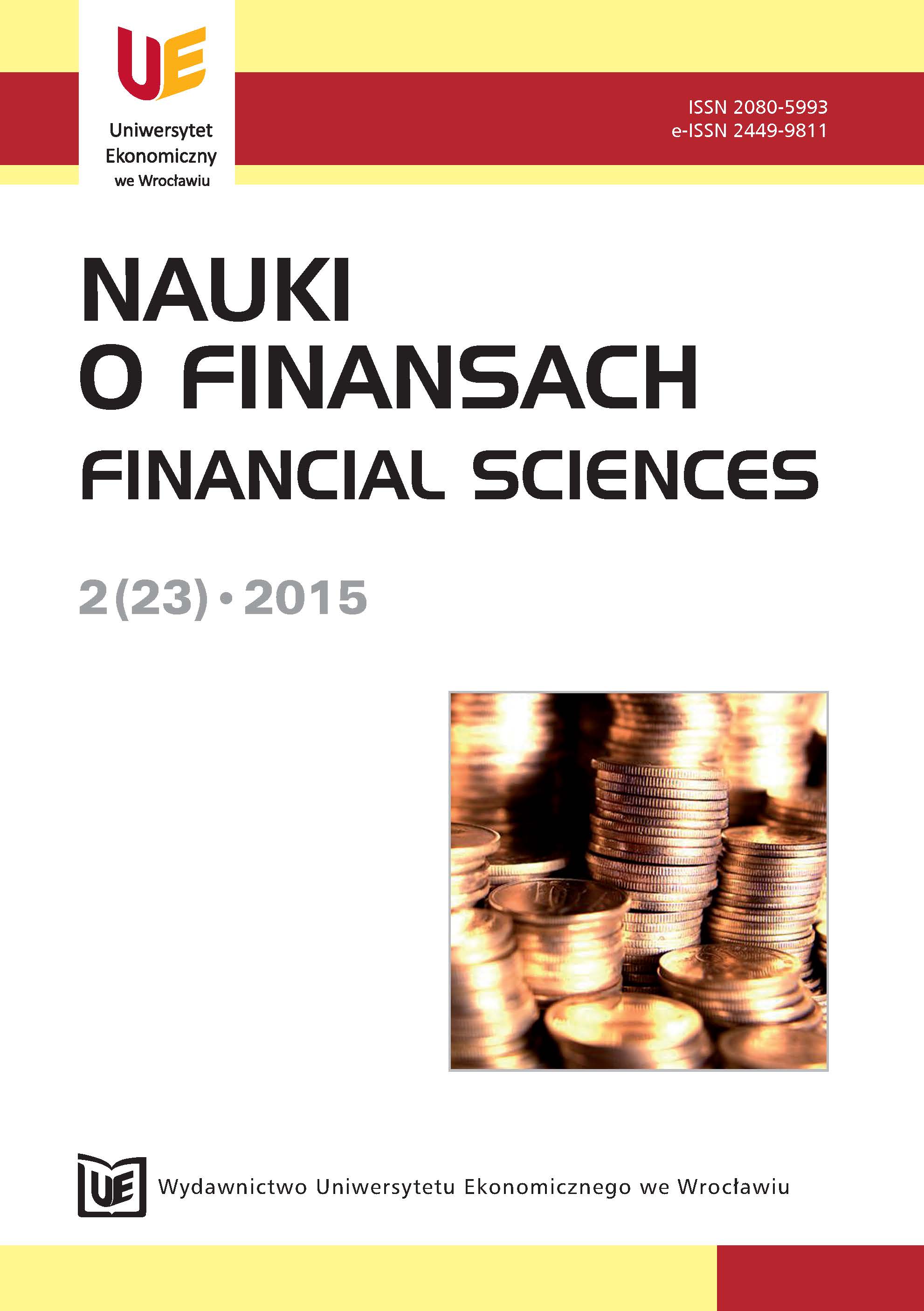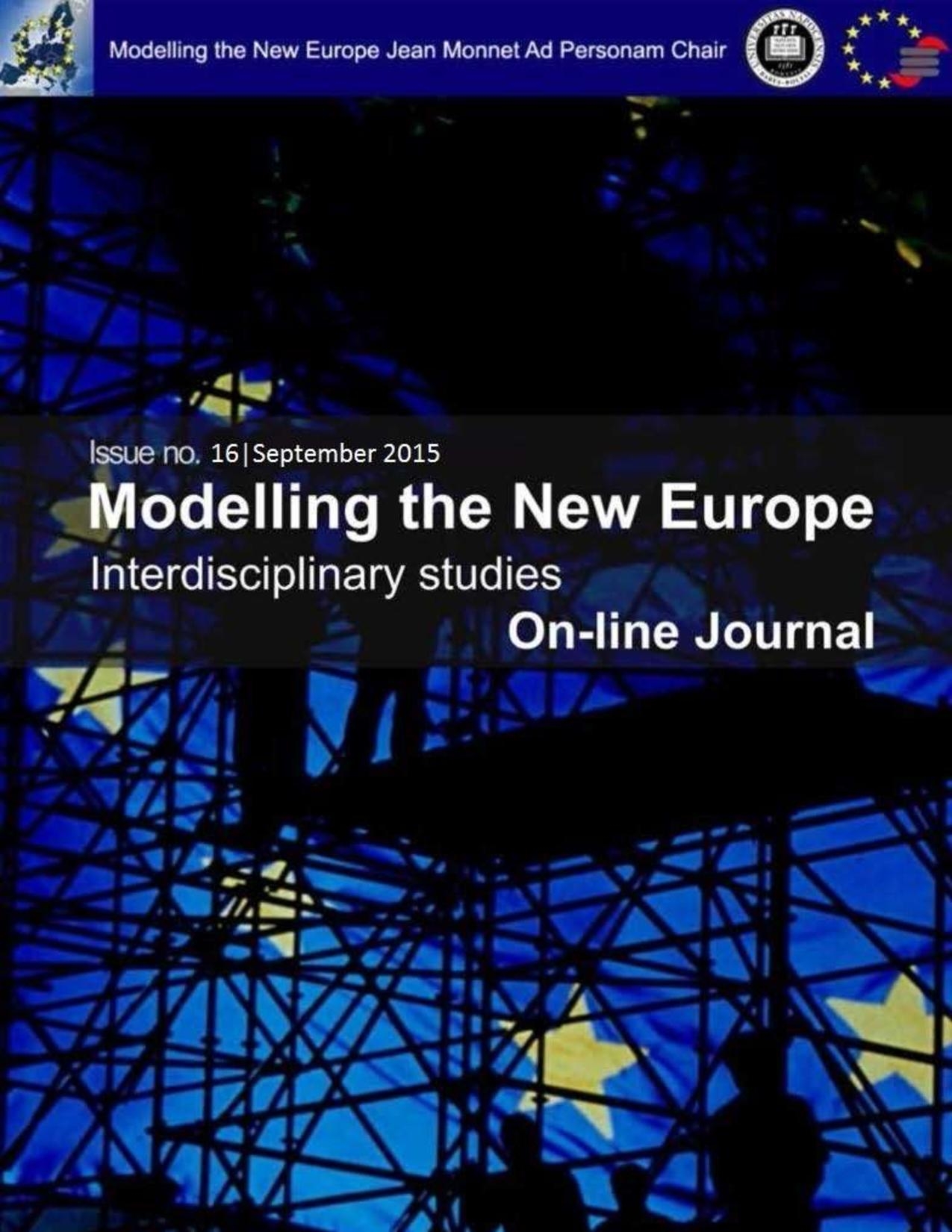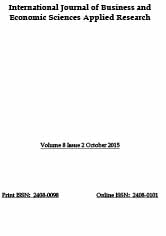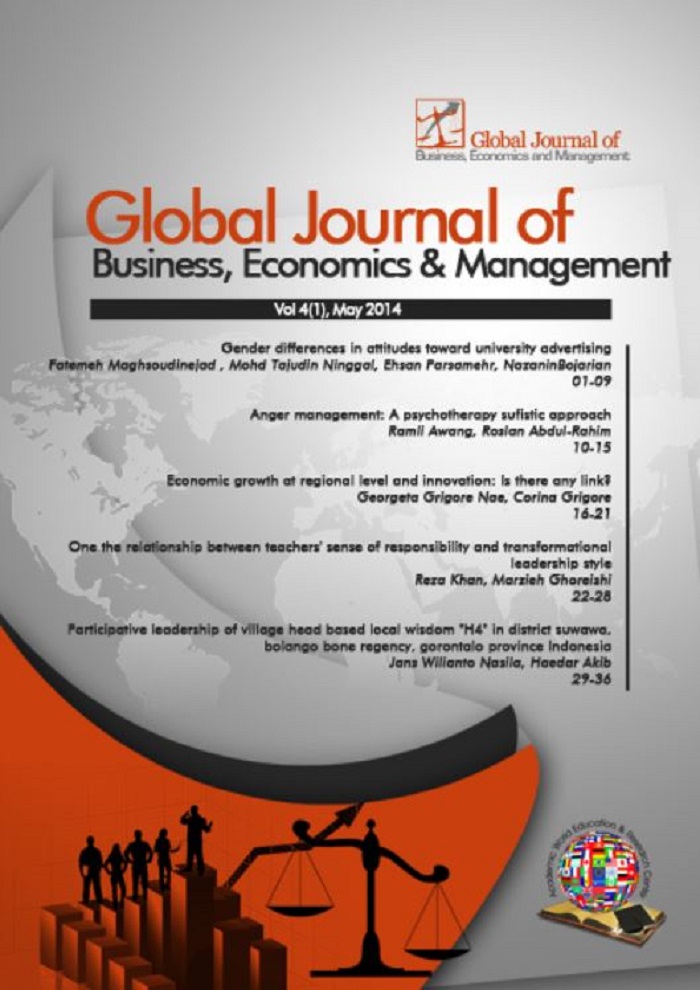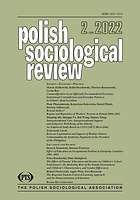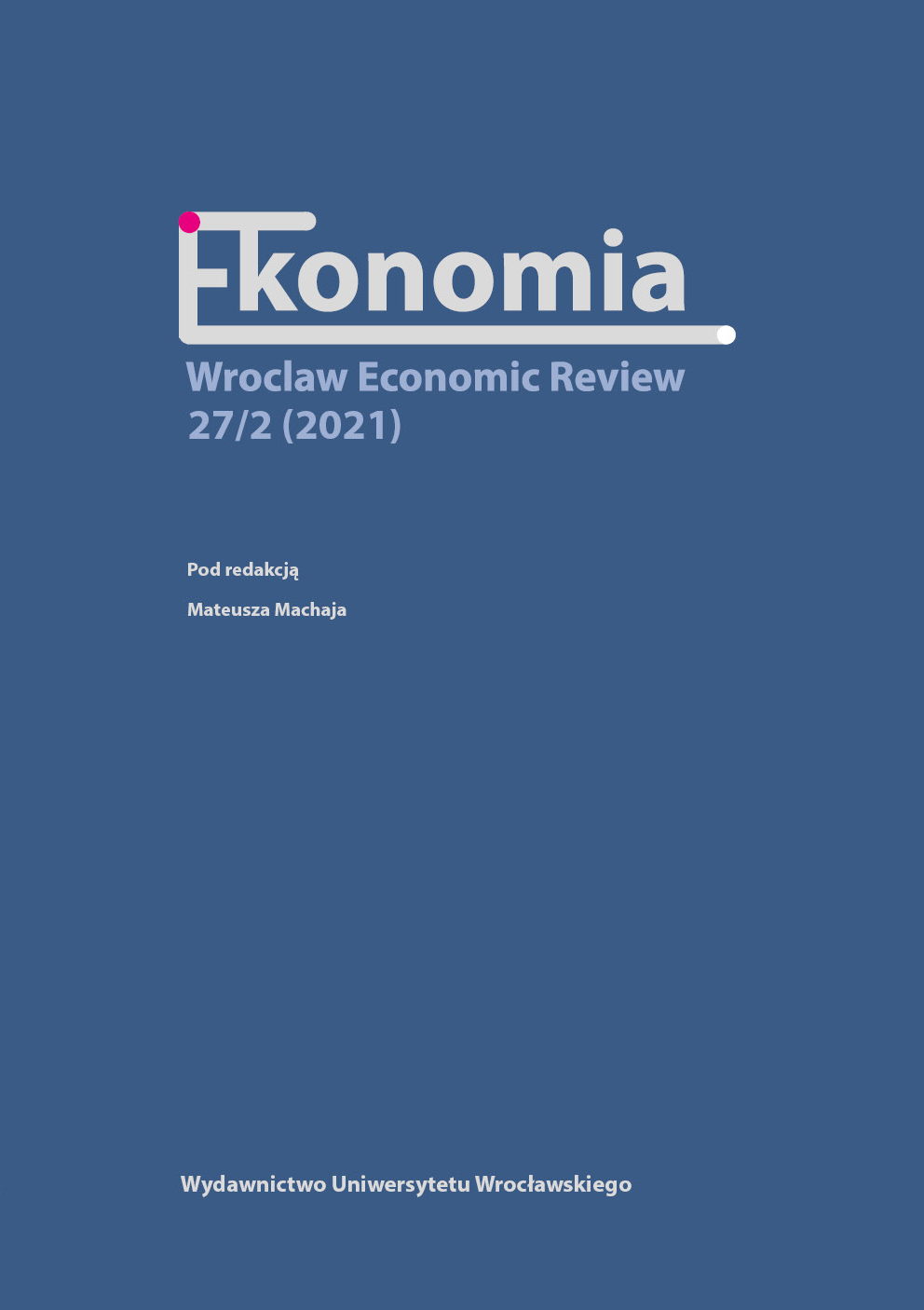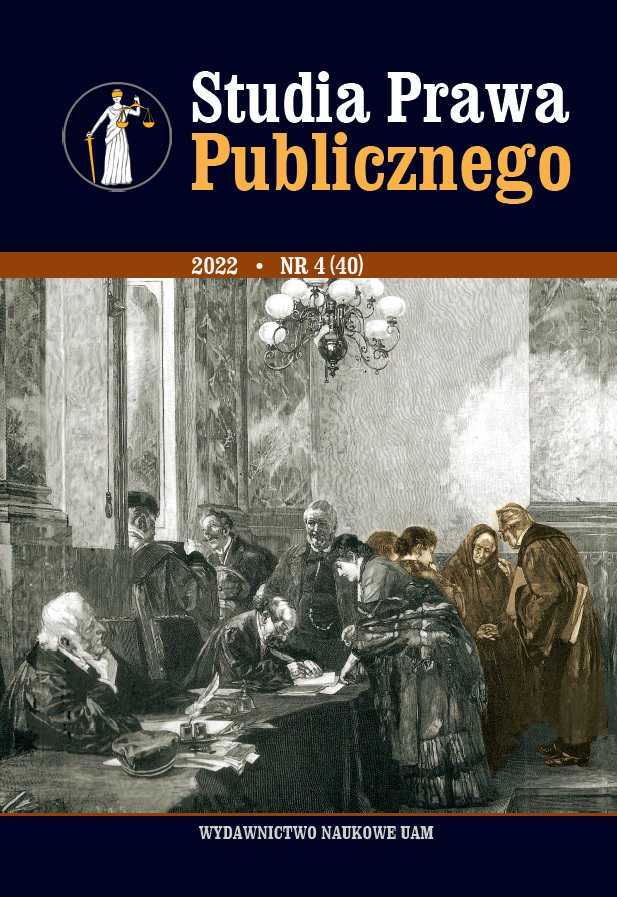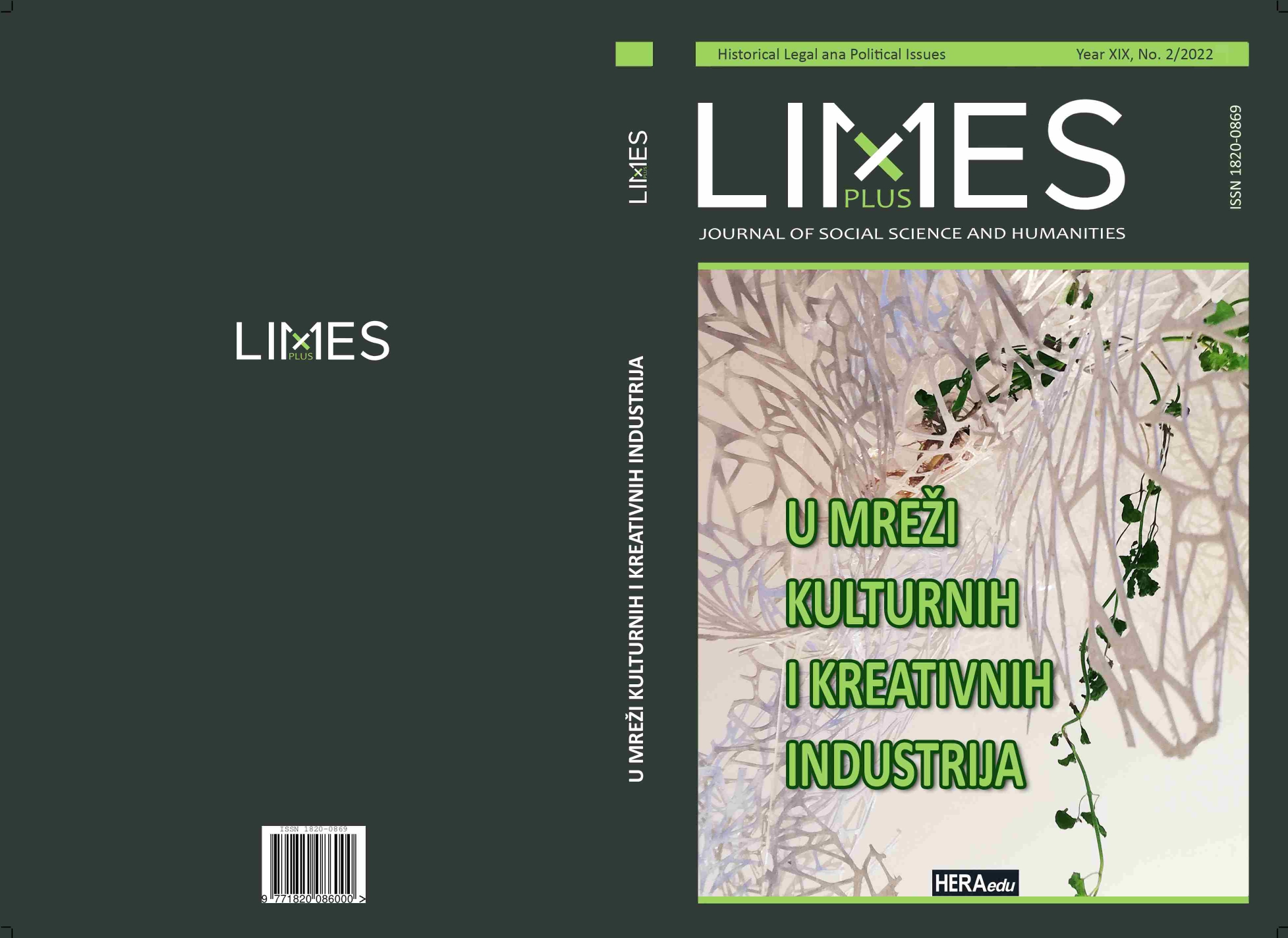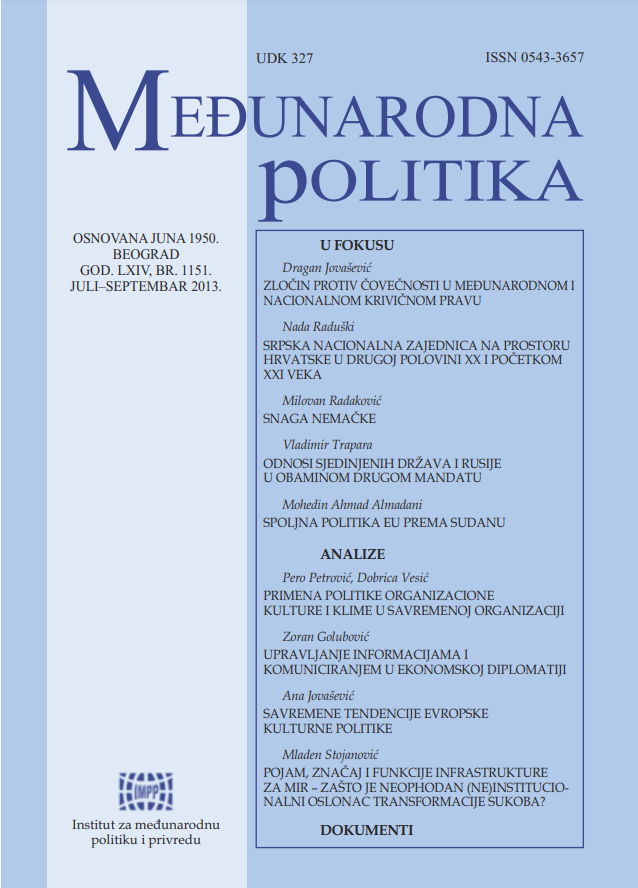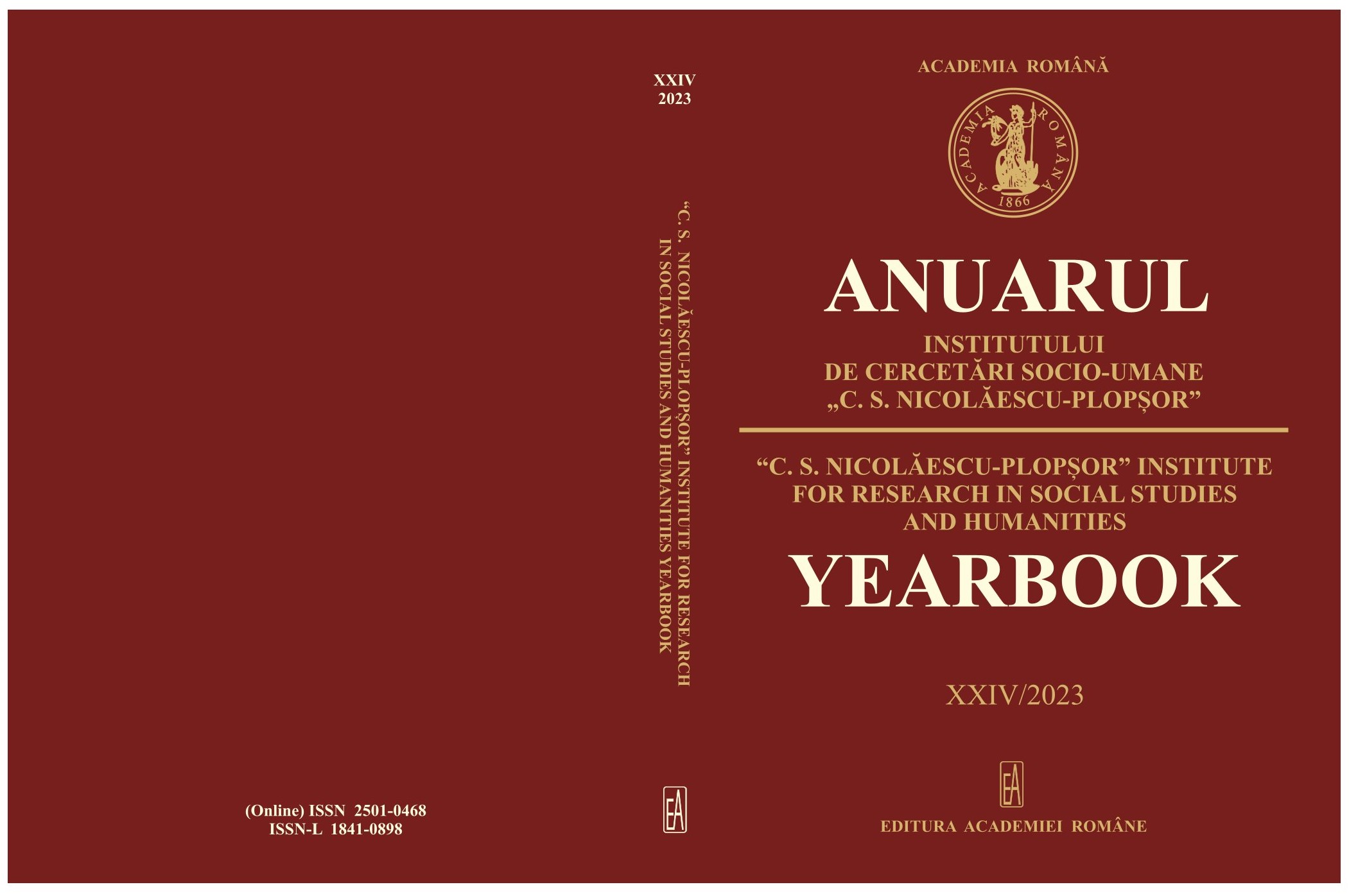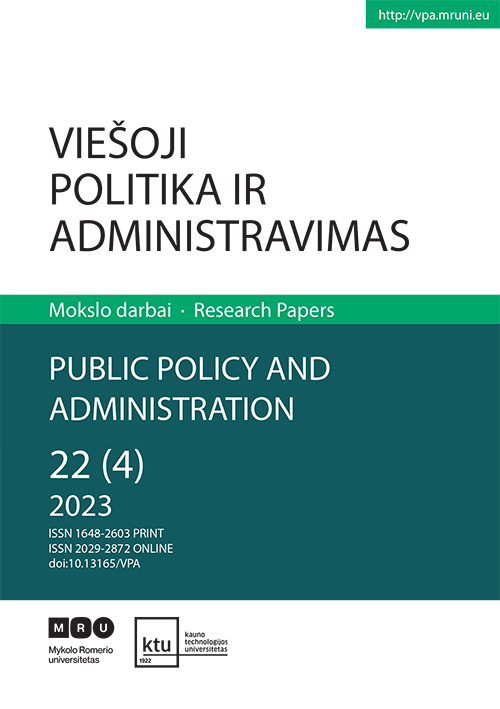
Analysis on Immigration from EU10 States in Ireland between 2004 and 2010
Following the EU enlargement in 2004, Ireland decided to carry out an economic experiment by not imposing restrictions on the labour market. In this paper we investigate the economic and social impact of these measures, showcasing the difficulties encountered by immigrants, with disproportional earnings related to their qualifications, improper representation in the sectors of the economy and exploitation being preeminent. Negative impacts to the labour market such as displacement are also discussed. We conclude that immigration doesn’t pose a threat to the native workforce and can have a positive effect on the receiving country as long as the migrant population has the same rights as native workers.
More...
